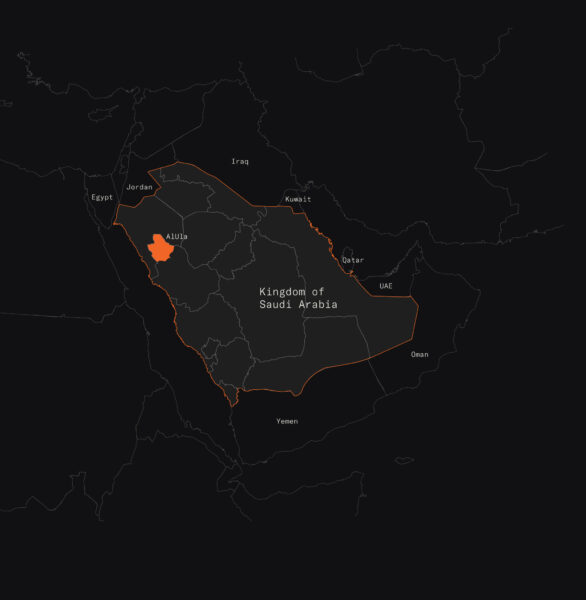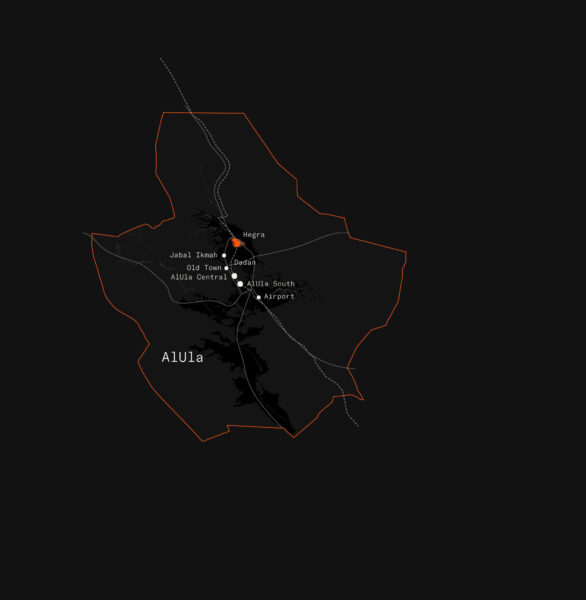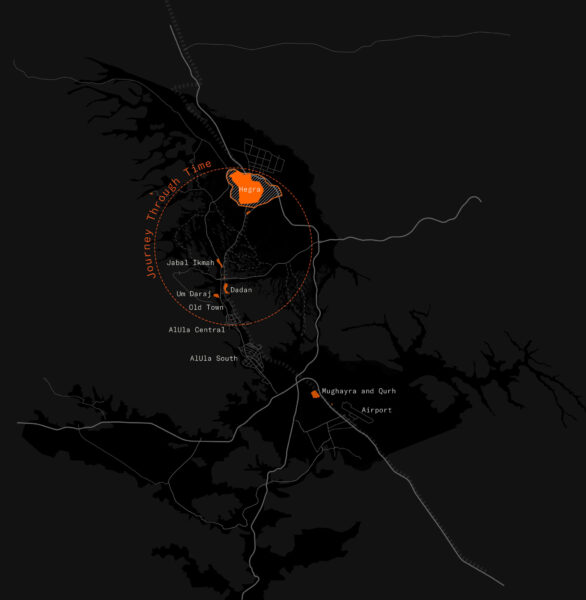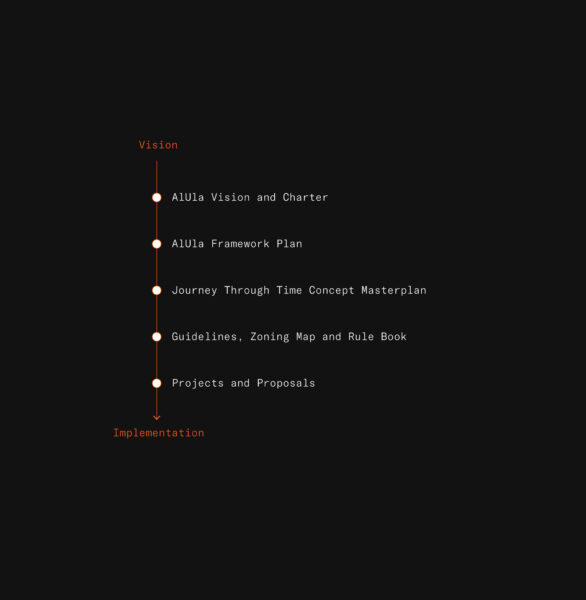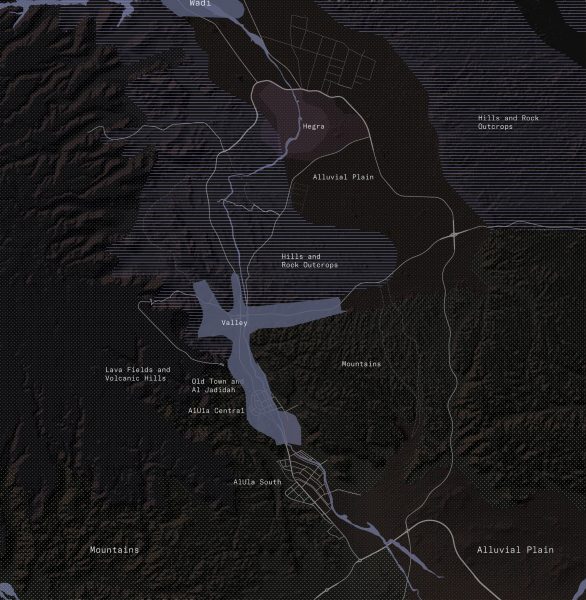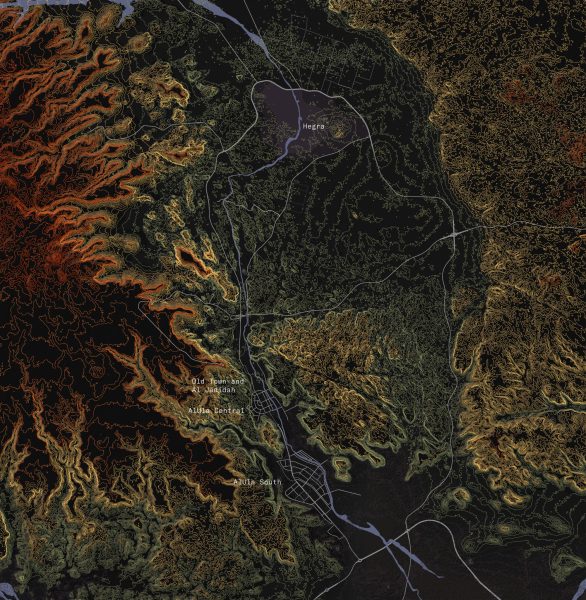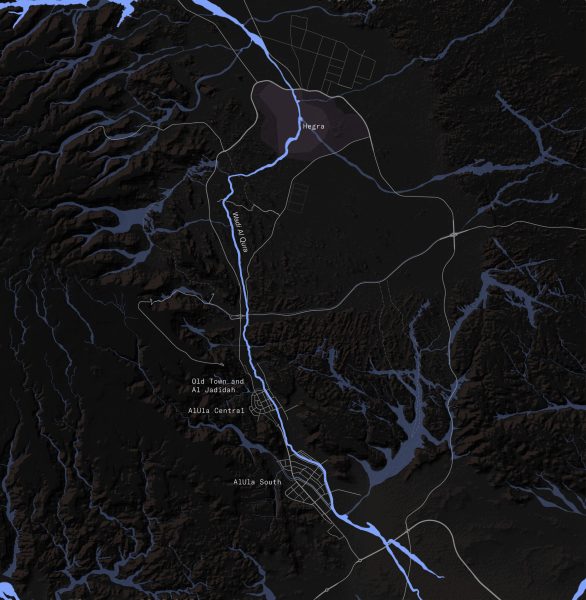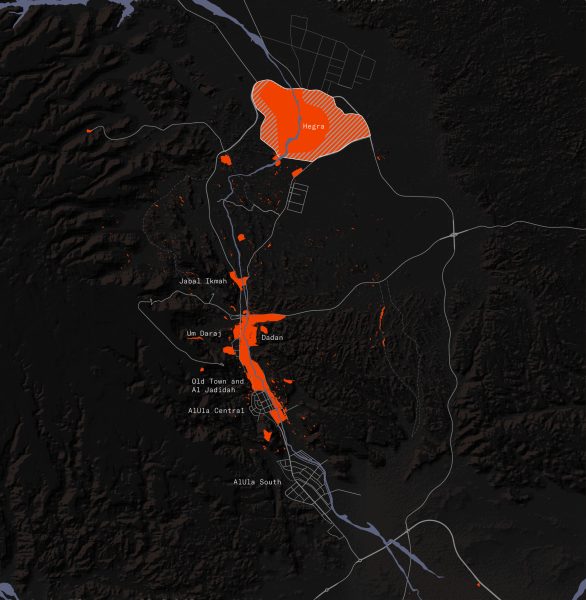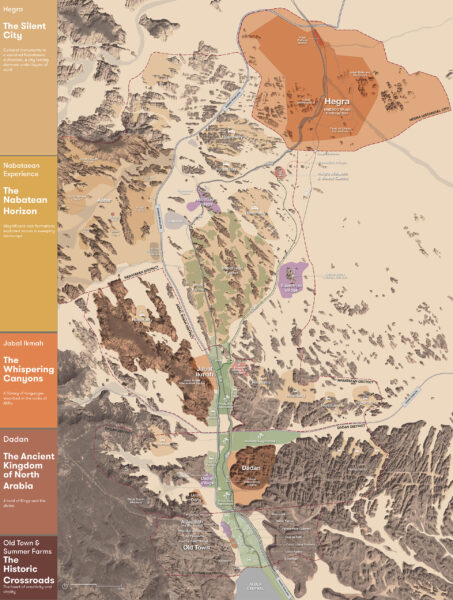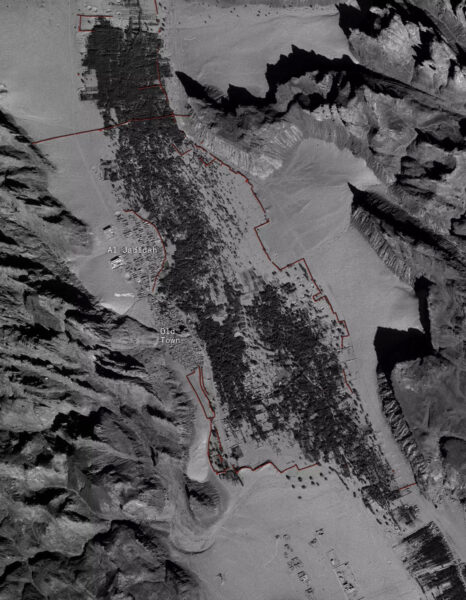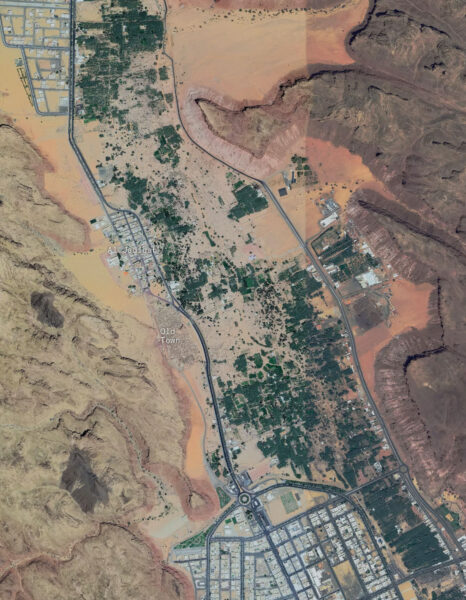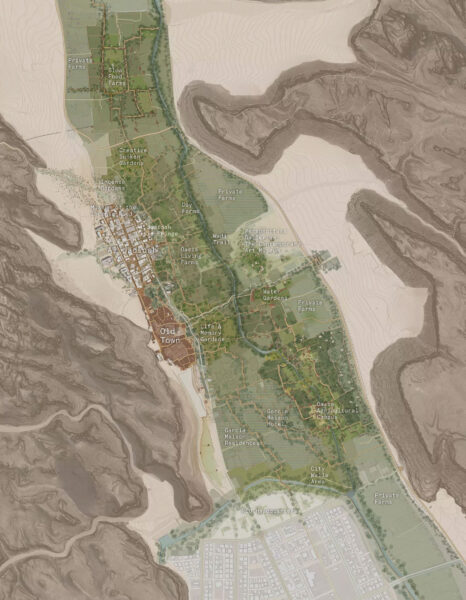Journey through time: regenerating cultural and natural landscapes
AlUla
AlUla, KSA
One of the most important archaeological and heritage sites in Saudi Arabia and the world, the layers of history found at AlUla reveal humanity’s working relationship with the landscape over 7,000 years.
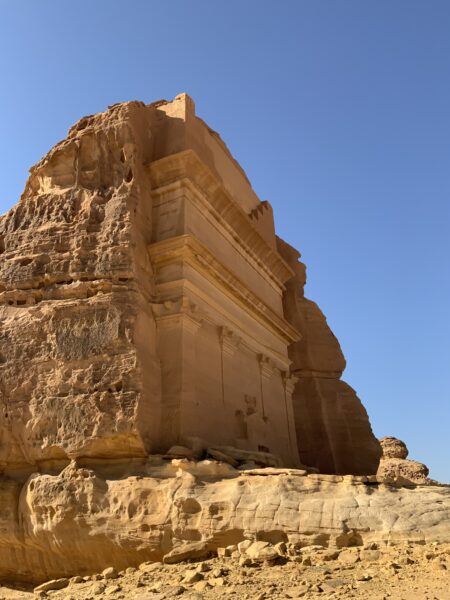
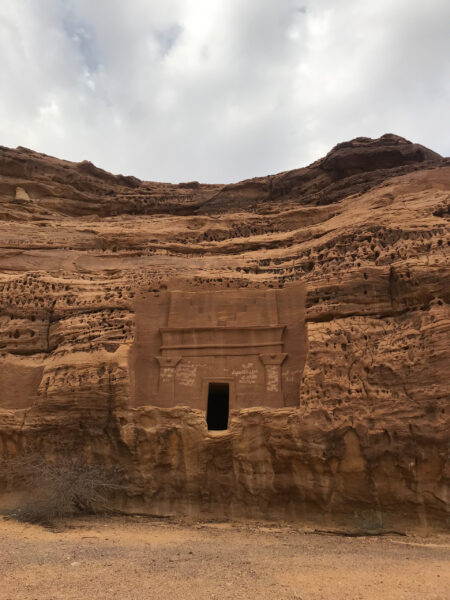
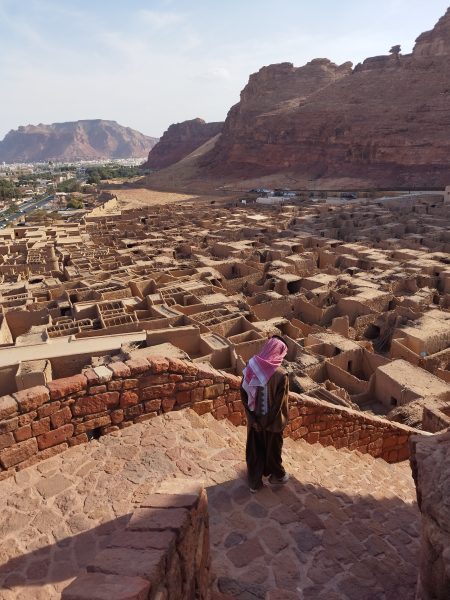
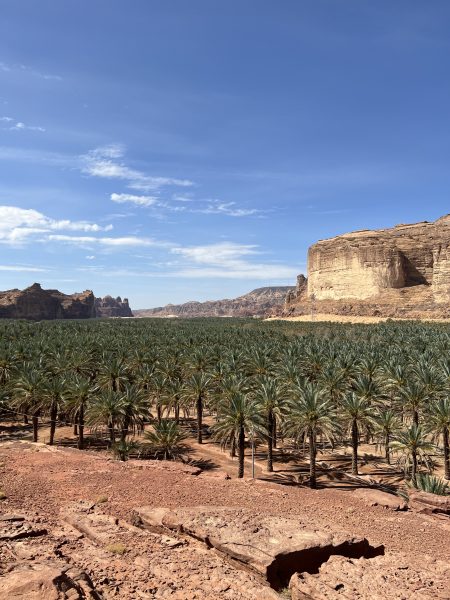
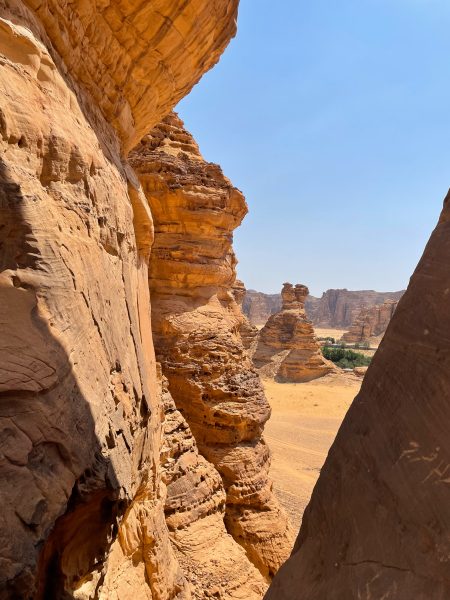
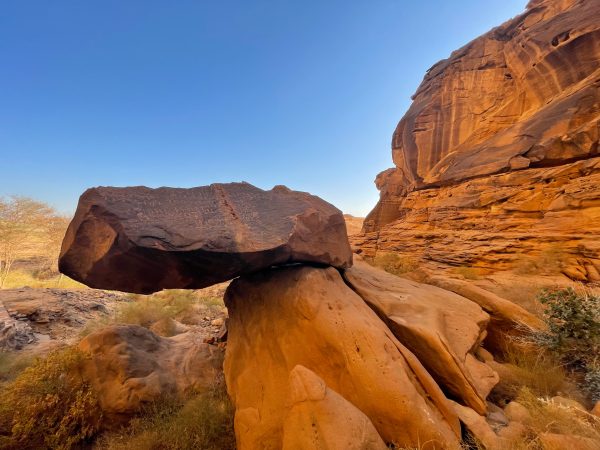
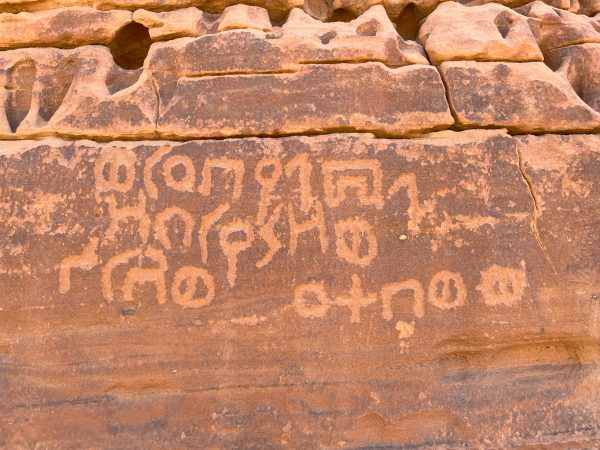
Recuperating the historic cultural landscape
Those native to the Old Town lived traditional lifestyles for centuries, until the last 40 years. Since then, the region has experienced rapid urbanisation. Much of the planning and design work undertaken by Prior + Partners is to repair the damage to the landscape that has occurred as a result of this urbanisation, and in turn, recuperating the historic cultural landscape.
The framework for the area aims to take a ‘light-touch’ approach to tourism and economic development. It defines principles for a circular economy and proposes a development trajectory that will raise the quality of life of the people who live in the region, with a focus on development up to the year 2035. Detailed and architecturally focussed guidelines were developed to help citizens and their appointed architects to design and renovate buildings that are in harmony with AlUla’s sensitive landscape and natural beauty.
Our work is rooted in an in-depth understanding of natural, cultural and socio-economic conditions, supported by an evidence base powered by spatial analytics. We devised twelve thematic principles and a supporting policy framework that ensures that all development is assessed in terms of its impact on heritage and culture, and ensuring a regenerative approach is taken to ecosystems, wildlife and agriculture in harmony with the natural environment.
AlUla’s historic oasis, has a long forged, symbolic, and tangible relationship with water in the desert, forming the basis for an agricultural economy with a long history of hospitality as a resting place on the historic incense road, and more latterly Islamic pilgrimage. This project investigated the different layers that would affect the county’s hydrology and geology, agriculture, biodiversity and heritage – all essential to the long-term sustainability of the landscape, settlements, and infrastructure that serves them.
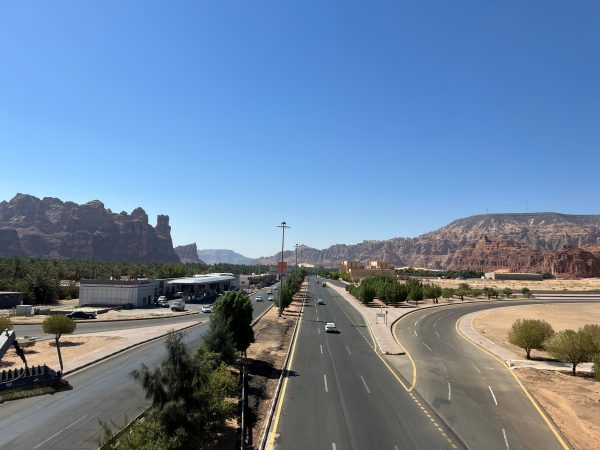
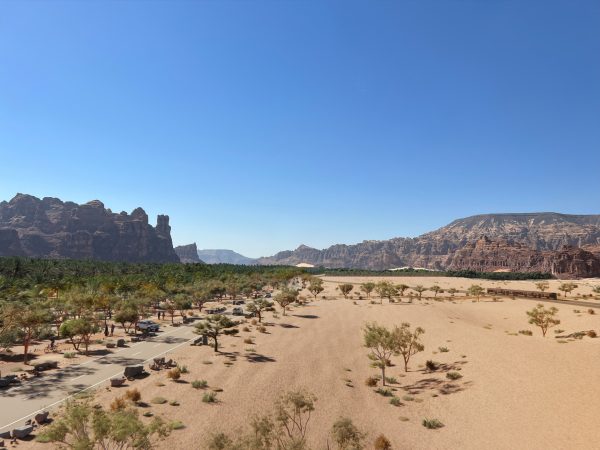
A Journey Through Time
As part of the framework, we assisted RCU in a “Journey Through Time” masterplan, which focuses on where the main heritage districts and archaeological sites sit. Together with the client, we produced a zoning plan and rulebook, setting out planning policy guidelines and zoning controls focused upon protecting, preserving and celebrating the core heritage features, balanced against the facilities needed to provide a world-class visitor destination.
Regenerative agriculture
Our detailed masterplan for the Cultural Oasis District sets the direction for the restoration and regeneration of the mudbrick Old Town and Historic Oasis. Aligned to this plan is an agricultural strategy that aims to encourage productive agriculture that will enable local farmers to manage the historic oasis in perpetuity.
The work has included the conceptualisation of the Oasis Agriculture Campus that aims to be a centre of excellence for regenerative agriculture within a cultural landscape setting, with educational and land management measures that seek to reintroduce traditional farming techniques with a particular focus on water sensitivity that will preserve the precious water supply.
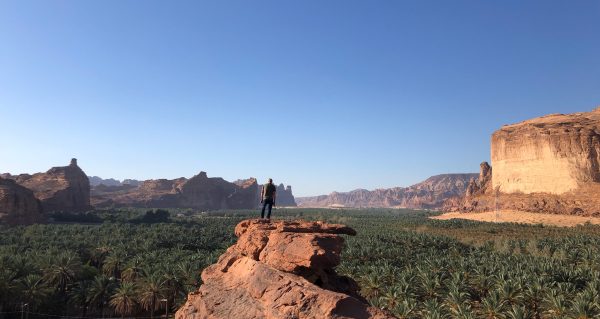
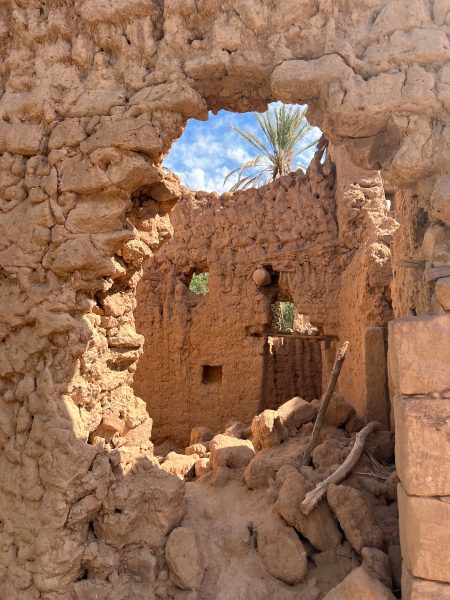
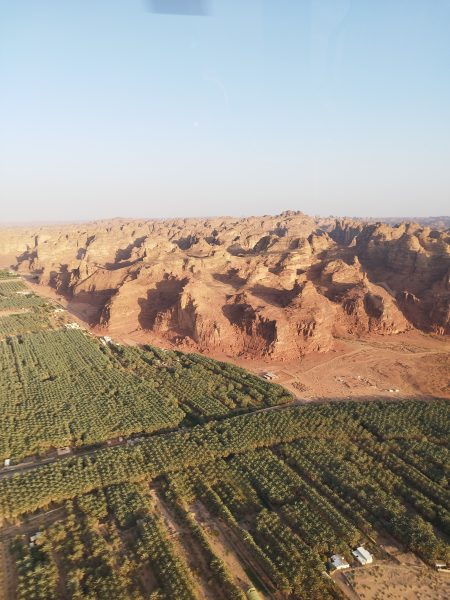
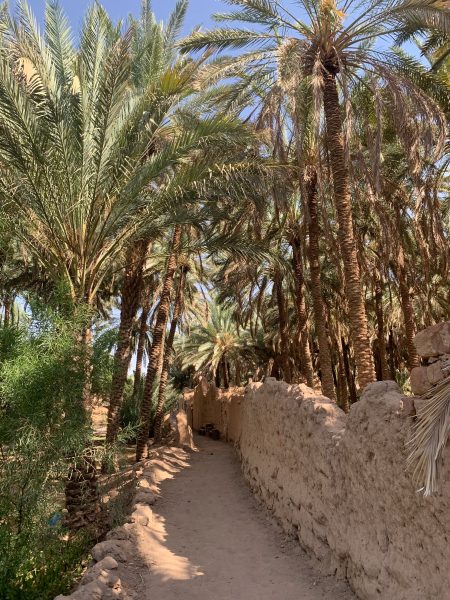
In the midst of a fast cultural revolution happening in Saudi Arabia, there is an increased focus on arts and cultural activities, including provision of new museums, galleries, landscape art features and the inclusion of arts schools and studios for local and visiting artists within the Cultural Oasis District.
At all times, the approach undertaken by the team for AlUla are respectful, sensitive and low-intervention as possible. With a big focus on regeneration and community development for the local people who have existed in this area for millennia, or the Saudi Arabians who wish to move there, the infrastructure delivered to support this culturally important region will determine its impact on storytelling for decades to come.
